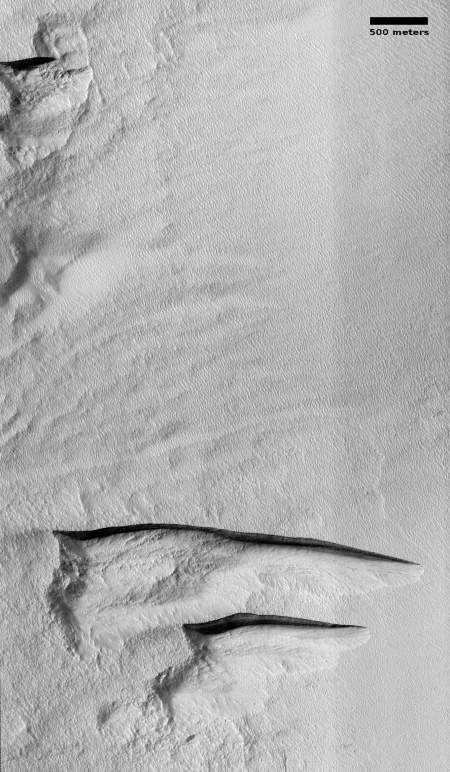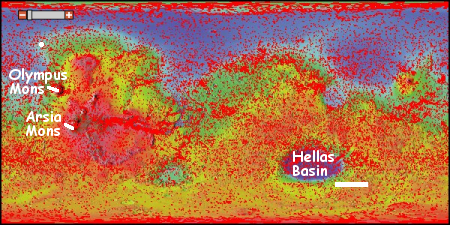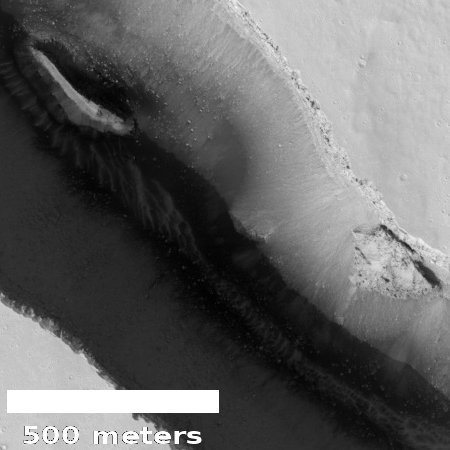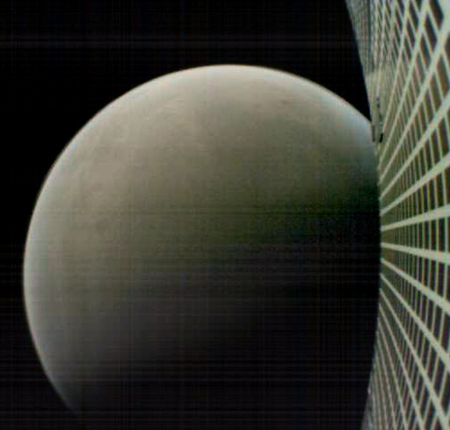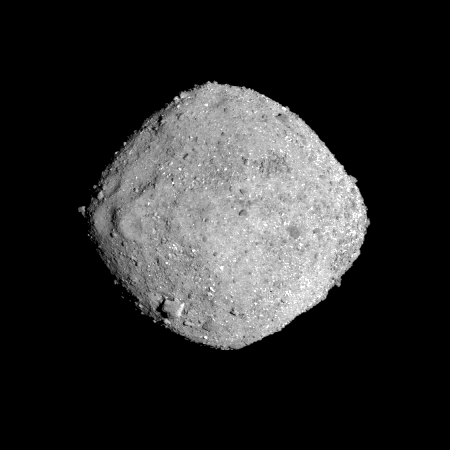Google considered burying conservative outlets in search results
Evil: After Trump’s 2016 election victory, Google management seriously considered rigging search results so that conservative news outlets would not show up.
They never did it, but instead created a short-lived fact check feature that was clearly aimed at discrediting conservative sites.
“We’re working on providing users with context around stories so that they can know the bigger picture,” chimed in David Besbris, vice president of engineering at Google. “We can play a role in providing the full story and educate them about all sides. This doesn’t have to be filtering and can be useful to everyone,” he wrote. Other employees similarly advocated providing contextual information about media sources in search results, and the company later did so with a short-lived fact check at the end of 2017.
Not only did the fact-check feature target conservative outlets almost exclusively, it was also blatantly wrong. Google’s fact check repeatedly attributed false claims to those outlets, even though they demonstrably never made those claims.
Google pulled the faulty fact-check program in January, crediting TheDCNF’s investigation for the decision.
Forgive me if I remain suspicious about how they rig search results these days. There are too many indications that the culture at this company is tyrannically liberal and willing to destroy anyone who dissents from that political position.
Evil: After Trump’s 2016 election victory, Google management seriously considered rigging search results so that conservative news outlets would not show up.
They never did it, but instead created a short-lived fact check feature that was clearly aimed at discrediting conservative sites.
“We’re working on providing users with context around stories so that they can know the bigger picture,” chimed in David Besbris, vice president of engineering at Google. “We can play a role in providing the full story and educate them about all sides. This doesn’t have to be filtering and can be useful to everyone,” he wrote. Other employees similarly advocated providing contextual information about media sources in search results, and the company later did so with a short-lived fact check at the end of 2017.
Not only did the fact-check feature target conservative outlets almost exclusively, it was also blatantly wrong. Google’s fact check repeatedly attributed false claims to those outlets, even though they demonstrably never made those claims.
Google pulled the faulty fact-check program in January, crediting TheDCNF’s investigation for the decision.
Forgive me if I remain suspicious about how they rig search results these days. There are too many indications that the culture at this company is tyrannically liberal and willing to destroy anyone who dissents from that political position.


